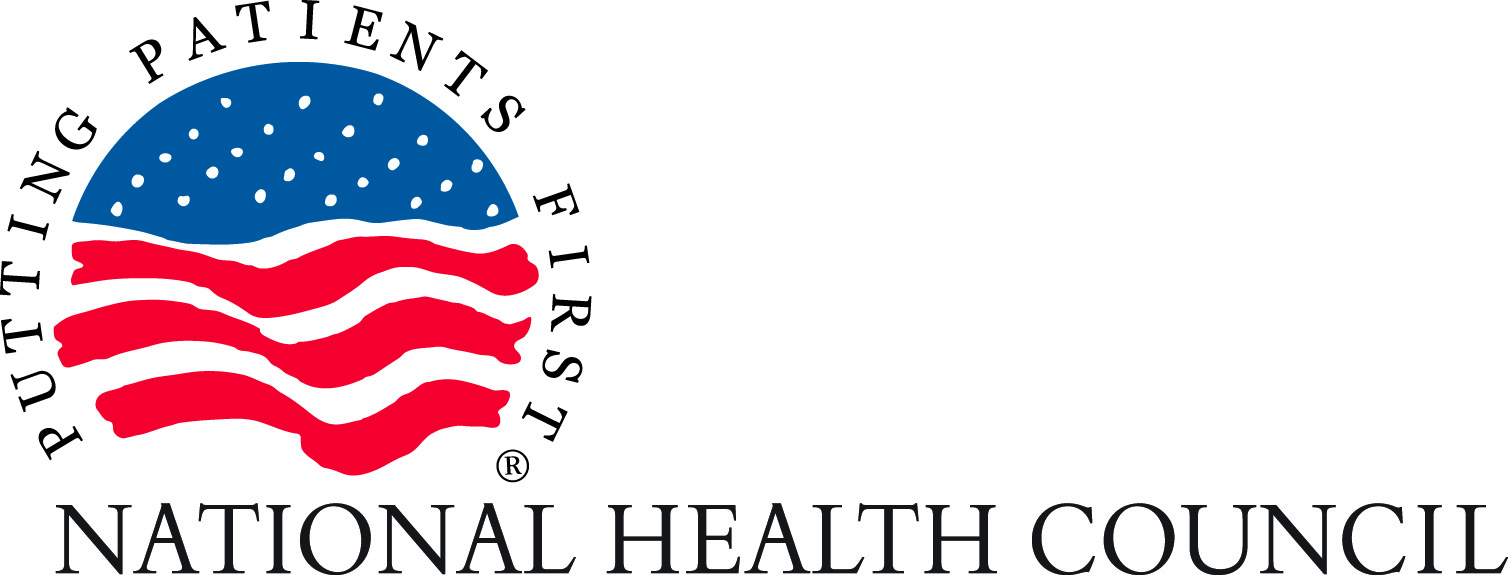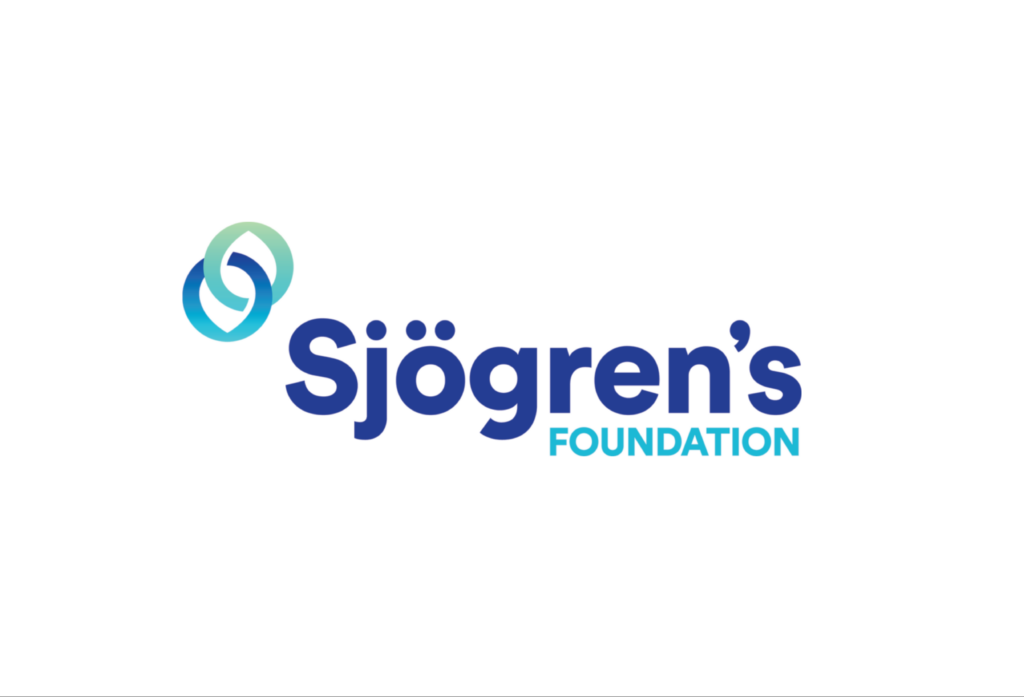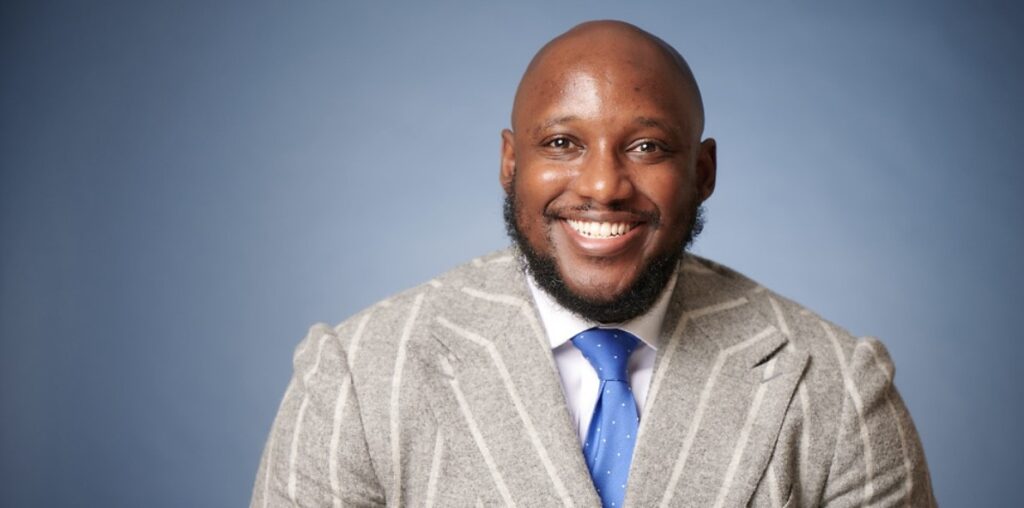

Patients, Poverty, and Participation in Research: The Hidden Costs of Disease and Socioeconomic Status
By: Silke Schoch, Senior Manager of Research & Programs
Second in a series of two blog posts recognizing Poverty Awareness Month.
In the first part of this blog series on Poverty Awareness Month, you learned that approximately 11% of the United States population is living in poverty1,2; defined as the amount of people in a household living below a certain income amount. To put this into context, “the weighted average poverty threshold for a family of four was $26,172 in 2019”3. Predictably, research has shown that patients who are from underrepresented and under-resourced communities are more likely to experience poverty and have poor health outcomes. However, this is compounded by evidence that demonstrates that poverty itself leads to poor health, resulting in an inertia of substandard outcomes between poverty and health that chase each other continually.4
Research can leave these populations behind. A 2013 study on participation in cancer clinical trials determined “that patients with [an] annual household income <$50,000 were 27% less likely to participate in clinical trials.” 5,6 Another study in 2021 found that one of the top five barriers to increasing participation of patients from historically underrepresented racial/ethnic backgrounds in clinical trials was “time and resource constraints associated with participation.”7 Researchers examining the demographics of those who have been traditionally invited to clinical trials concluded that it is more likely that someone will be invited to participate if that person is white, college educated, single, or living in an urban area.8 Consequentially, this can lead to a status quo and system where the majority of beneficiaries who enroll in clinical trials are the ones privileged enough to have access to transportation, child and elder care, sick leave from work, or the ability to miss a paycheck to participate.
Researchers hoping to increase the number of underrepresented and under-resourced communities should consider bold outreach strategies to diverse and representative individuals who can help them with effective trial design. When people from lower socioeconomic brackets are excluded from the planning of clinical trials or other research, researchers may miss important factors in the design of both their research and products.9 In one study from 2021, approximately 48% of patients in a cancer trial accumulated “monthly total out‐of‐pocket costs of at least $1,000.”10 To pay for treatment, cancer patients had to rely on savings (including exhausting retirement savings), “[borrow] money from friends or family, ha[ve] a personal fundraiser, or [work] extra hours or an additional job.”10
The U.S. Food and Drug Administration finds payment of research participants to be an “acceptable practice.”11 Further, they do not regard the reimbursement of travel and hotel expenses to be a problem. However, debate continues over whether research participation itself should be compensated. Some researchers have criticized any payment of the “economically disadvantaged” as a practice that could be unethical due to previous studies that targeted people of lower socio-economic status.12,13
To relieve the financial strain to participate in patient engagement research, the National Health Council developed a patient compensation toolbox to ethically and adequately reimburse patients seeking to participate in patient engagement activities. The bottom line is this, a patient experiencing poverty should not be put into further debt when they participate in research. Research should be designed from the beginning to include everyone and alleviate any burdens of involvement for the patients and their family caregivers.
References
- Bureau UC. Poverty in the United States: 2021. Census.gov. Accessed January 24, 2023. https://www.census.gov/library/publications/2022/demo/p60-277.html
- Witting L. Limited Access: Poverty and Barriers to Accessible Health Care. National Health Council. Published January 20, 2023. Accessed January 22, 2023. https://nationalhealthcouncil.org/blog/limited-access-poverty-and-barriers-to-accessible-health-care/
- Poverty – Health, United States. Published August 8, 2022. Accessed January 24, 2023. https://www.cdc.gov/nchs/hus/sources-definitions/poverty.htm
- Wang J, Geng L. Effects of Socioeconomic Status on Physical and Psychological Health: Lifestyle as a Mediator. Int J Environ Res Public Health. 2019;16(2):281. doi:10.3390/ijerph16020281
- Unger JM, Gralow JR, Albain KS, Ramsey SD, Hershman DL. Patient Income Level and Cancer Clinical Trial Participation: A Prospective Survey Study. JAMA Oncol. 2016;2(1):137-139. doi:10.1001/jamaoncol.2015.3924
- Unger JM, Hershman DL, Albain KS, et al. Patient Income Level and Cancer Clinical Trial Participation. J Clin Oncol. 2013;31(5):536-542. doi:10.1200/JCO.2012.45.4553
- Clark LT, Watkins L, Piña IL, et al. Increasing Diversity in Clinical Trials: Overcoming Critical Barriers. Curr Probl Cardiol. 2019;44(5):148-172. doi:10.1016/j.cpcardiol.2018.11.002
- Williams CP, Senft Everson N, Shelburne N, Norton WE. Demographic and Health Behavior Factors Associated With Clinical Trial Invitation and Participation in the United States. JAMA Netw Open. 2021;4(9):e2127792. doi:10.1001/jamanetworkopen.2021.27792
- Perfetto E, Regnante J. The Hidden Real-World Reasons For Poor Clinical Trial Diversity. Accessed January 27, 2023. https://www.lifescienceleader.com/doc/the-hidden-real-world-reasons-for-poor-clinical-trial-diversity-0001
- Huey RW, George GC, Phillips P, et al. Patient‐Reported Out‐of‐Pocket Costs and Financial Toxicity During Early‐Phase Oncology Clinical Trials. The Oncologist. 2021;26(7):588-596. doi:10.1002/onco.13767
- Payment and Reimbursement to Research Subjects. U.S. Food and Drug Administration. Published April 18, 2019. Accessed January 23, 2023. https://www.fda.gov/regulatory-information/search-fda-guidance-documents/payment-and-reimbursement-research-subjects
- Denny CC, Grady C. Clinical research with economically disadvantaged populations. J Med Ethics. 2007;33(7):382. doi:10.1136/jme.2006.017681
- Dickert N. Enrollment of Economically Disadvantaged Participants in Clinical Research. AMA J Ethics. 2009;11(1):54-60. doi:10.1001/virtualmentor.2009.11.1.pfor1-0901



